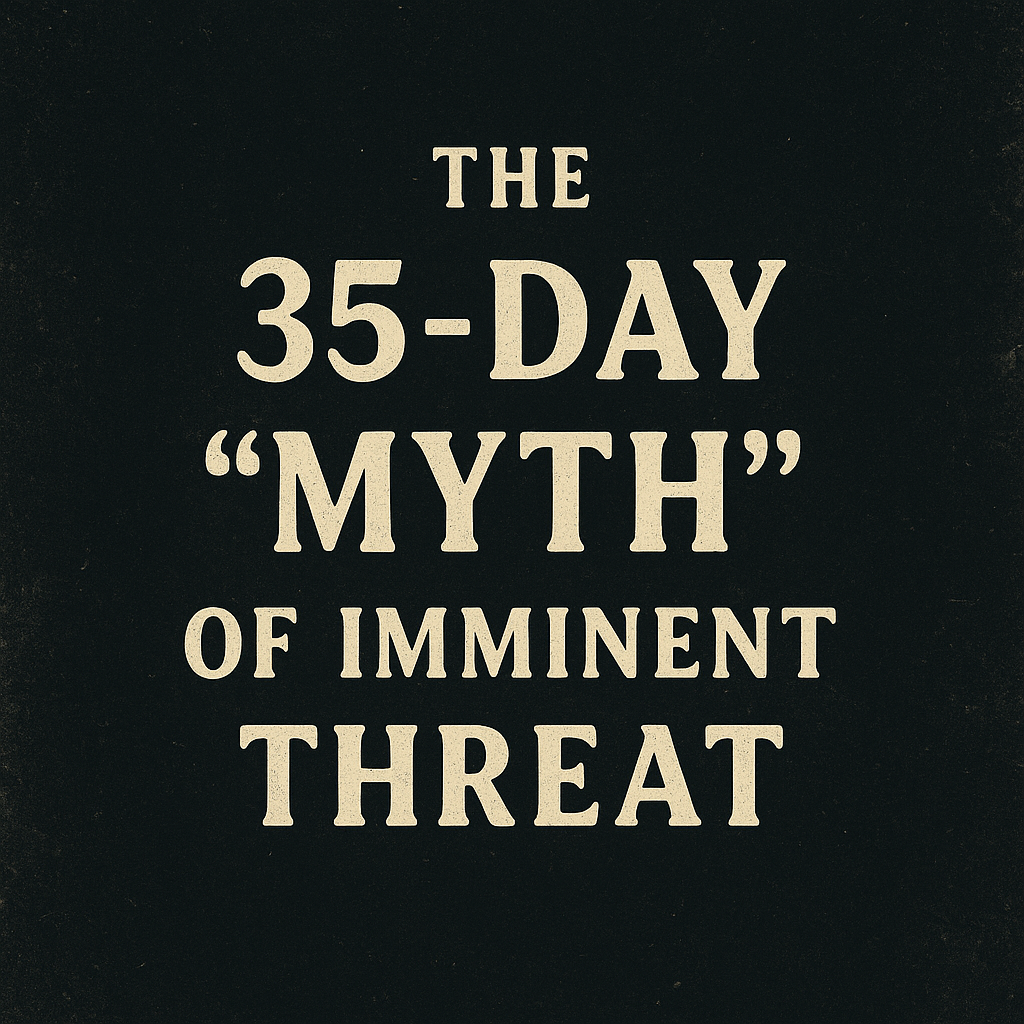Metadata Files Explained Short explainers unpacking how call logs, risk scores, algorithmic flags, and internal metadata were quietly used to profile—and ultimately erase—a human being from her own medical protections.
📞 How a Phone Call Became a Police File Your voice should never be a trigger for law enforcement. But in this case, it was. Routine member service calls—conversations that should have been protected by HIPAA and reviewed only by qualified personnel—were recorded, logged, and parsed for escalation risk. Instead of clinical staff evaluating emotional content or mental health nuance, non-clinical reviewers and possibly automated systems used call metadata to assess "threat posture." No psychologist ever intervened. No clinical review board made a decision. Instead, these calls became building blocks in a narrative of deviance, constructed not through diagnosis, but through data. The metadata associated with these calls—timestamps, call frequency, duration, internal routing notes, and escalation tags—was later included in a disclosure packet sent to law enforcement. Audio recordings were submitted weeks after the fact, stripped of real-time urgency. In effect, the calls were retroactively weaponized to justify law enforcement intervention where no emergency ever existed. The call was lawful. The message was emotional. The voice was distressed—but no more than any person under chronic, identity-linked medical harm. The choice to turn that into a police file was deliberate.
⚠️ "High Risk" Without Diagnosis In UnitedHealthcare’s internal systems—as with many large insurers—certain flags have outsized consequences. One of the most consequential is the label "High Risk." In theory, this designation is meant to help prioritize vulnerable patients. In practice, it is often used to mark those who disrupt workflows, challenge gatekeeping, or call too frequently. Here, the "High Risk" designation was not based on any formal psychiatric diagnosis. In fact, no treating mental health professional appears to have made such a judgment. Instead, behavioral notes, internal codes, and interaction frequency likely triggered the escalation. These flags can be assigned by call center workers, non-clinical staff, or through auto-generated risk scoring. The result: someone deemed administratively difficult becomes categorized as dangerous. Crucially, these labels are invisible to patients. There is no appeals process. No clinical review. Once marked, the member may find themselves excluded from protections—pushed out of therapeutic pathways and into the carceral ones. Law enforcement became the next contact point. Not care. Not support. Not help.
🧠 Emotional Flagging by Algorithm Call centers are increasingly driven by artificial intelligence. Sentiment analysis, emotion detection, voice stress scoring—these are sold as tools for quality assurance, but they can also serve as justification for escalation. If a voice wavers. If tone is misread. If volume increases, or cadence shifts. These patterns can be logged, tagged, and flagged. Systems trained on normative baselines are not trained for trauma survivors, neurodivergent speech, or the linguistic patterns of marginalized people. They are trained on patterns that reflect corporate expectations of docility. In this case, emotional distress linked to gender-affirming care was interpreted not as trauma, but as threat. Emotional expression became code for danger. It is likely that algorithmic filters or internal scorecards tagged the Plaintiff’s voice as unstable. These tags then moved her from support pathways into surveillance ones. The AI didn’t diagnose—but it criminalized.
🚫 When Metadata Becomes a Weapon HIPAA protects the content of communication. But metadata—the information about the communication—often slips through legal cracks. In this case, it was the metadata, not the clinical substance, that was used to build a false narrative of danger. Metadata includes: Call timestamps Duration Number of calls over a given period Departments contacted Keywords flagged in subject lines or routing notes Notes entered by non-clinical staff By aggregating this metadata, UnitedHealthcare or its agents constructed a timeline. But it wasn’t a care timeline—it was a pattern profile. These are the same tactics used in counterterrorism frameworks: frequency analysis, behavioral pattern detection, digital signals that predict escalation. And when these are interpreted without context—without understanding trans trauma, medical denial stress, or neurodivergent communication—metadata doesn’t protect. It punishes.
📬 What Was Sent, and When One of the most disturbing facts of this case is not just what was disclosed—but when. The PHI disclosure to law enforcement happened 35 days after the last known contact. There was no emergency. No live threat. No judicial order. And no immediate clinician concern. Yet audio recordings of legally protected calls were transmitted to police, alongside notes and attachments framed to cast the Plaintiff as unstable. This wasn’t crisis management. It was narrative management. The metadata—submission timestamps, envelope contents, routing emails—proves it. The delay alone negates any justification under HIPAA’s emergency exception (45 C.F.R. § 164.512(j)). That timing reveals intention. When care is needed, clinicians act immediately. When retaliation is intended, metadata shows the delay.
🧾 Internal Cover Letters and Submission Language Perhaps most chilling of all: the internal documents that accompanied the disclosure. These were not mere transmittals. They were framing tools. Staff wrote cover letters to accompany the PHI. These letters did not neutrally report facts. They selected, emphasized, and omitted. They cast the Plaintiff’s calls in a light of behavioral concern, cherry-picked moments of distress, and implied risk without stating it overtly. The metadata from these communications—the authorship, timestamps, intended recipients, and version history—can and should be analyzed in court. These are not neutral administrative notes. They are rhetorical acts of erasure—bureaucratic storytelling designed to turn a patient into a perceived threat. And once sent to police, they achieved exactly that.
🧠 What to Expect in Discovery Everything described above is discoverable. Dashboard audit trails Risk scoring algorithms Call tagging logic Staff training manuals Internal escalation pathways Version history on submission cover letters Email chains that discussed whether to refer Names of those who made the decision—and those who failed to stop it HIPAA protects against unjust disclosure. But when disclosure occurs anyway, the systems that enabled it become the subject of scrutiny. Discovery will not just reveal what was said. It will reveal how they decided who to silence—and what tools they used to make that decision. Metadata doesn’t lie. And now, it speaks.


